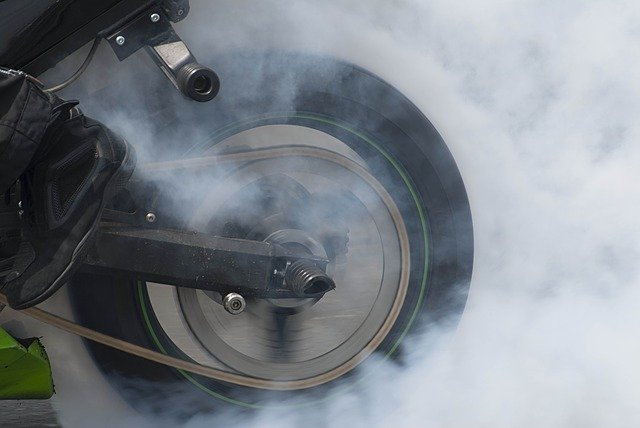
Vulcanization allows the rubber to constantly maintain its elasticity
Vulcanization is the process and result of vulcanizing . The act of vulcanizing, meanwhile, refers to the combination of an elastic rubber with sulfur , so that the rubber in question remains elastic both hot and cold .
Origins of vulcanization
The term derives from Vulcan , the god of fire according to Roman mythology. The discovery of vulcanization is attributed to the American Charles Goodyear (1800-1860).
There are versions, in fact the majority, that indicate that Goodyear had accidentally overturned a container containing rubber and sulfur on top of a stove. Other sources, however, maintain that the North American discovered vulcanization after long research and different experiments . In short, they oppose the version that supports chance, which maintains that Goodyear had been pursuing this result for some time.
In 1839, in fact, Goodyear demanded the rights to the discovery of this process, although he only applied for the patent four years later and recorded his discovery in writing in 1853, as part of his autobiography. A scientist from Great Britain named Thomas Hancock , for his part, was ahead of him, as he managed to patent vulcanization two months earlier.
In his book, Goodyear says that for a long time the company's workers ignored his results, because they did not believe that they were doing anything interesting, but just one more of their many experiments . He tried to warn them about the changes that rubber went through when it was subjected to excessively high temperatures, but no one paid attention.
The process
Vulcanization, in short, consists of heating rubber or other rubber together with sulfur. Thus, the rubber acquires greater resistance . Vulcanized rubber, in this framework, is used to produce numerous products, such as condoms, hoses, shoe soles and tires.
It can be said that vulcanization implies a curing that cannot be reversed . The cured rubber becomes a thermostable material because, despite an increase in temperature , it does not melt.
At a chemical level, vulcanization occurs by the formation of cross-linking bridges between polymers that are arranged in parallel lines. In this way, the elastic molecules join together and the rubber achieves greater stability, becoming more resistant and durable although without sacrificing the typical elasticity of the material.
About rubber
Rubber became popular throughout the 19th century, but at first the industry failed to put it to many uses, except as an eraser and connecting inhalation tubes in hospitals. The biggest problem was its poor durability , that it was sticky and could go bad and smell bad if not cured properly.
Vulcanized rubber achieves new mechanical properties and is less sticky than raw rubber. That makes it more useful in the field of industry .

Condoms, hoses, tires and more products are made with vulcanized rubber
Polychloroprene
Vulcanization can also be applied to the chloroprene polymer polychloroprene (also known by the name neoprene or simply CR rubber ) is carried out using metal oxides , more precisely ZnO and MgO, although sometimes PbO is also included. This differentiates the process from that explained above for various natural and synthetic rubbers, which require sulfur compounds.
Given certain characteristics of the process with this type of rubber, especially the cross-linking in the rubbers that occurs prematurely due to the effects of heat , choosing the appropriate accelerator depends largely on rules that do not apply to other rubbers.
The accelerants that are usually used in most cases bring various problems when trying to cure polychloroprene. The one most frequently used, given its excellent results with this type of rubber, is Ethylenethiourea (known by its abbreviation ETU ); however, it is toxic .
